Source: uwaterloo.com
By: Christie Zeb
Date: Nov 11, 2024
With a significant portion of its workforce nearing retirement, experts share tips on how the mining industry can appeal to the next generation of talent and ensure its future sustainability.
The Canadian mining industry is a vital part of the national economy, contributing significantly to Gross Domestic Product (GDP) and employment.
In 2022, mining, quarrying and oil and gas extraction represented 7.8 per cent of Canada’s GDP, employing more than 694,000 people directly and indirectly. Despite its economic significance, the industry struggles to attract and retain emerging talent. An aging workforce and commonly held misperceptions of the industry compound this challenge.
Aging workforce and labour market tightness
A report by the Mining Industry Human Resources Council (MiHR) reveals a growing age gap between workers. From 2011 to 2023, the percentage of workers under 25 dropped from 12 per cent to just 5 per cent, while the proportion of those aged 55 and older increased from 13 per cent to 18 per cent. By 2023, 20 per cent of mining workers were 55 or older. As experienced workers retire, this demographic shift poses a significant risk of knowledge loss and skill shortages.
The industry also faces a tight labour market, characterized by high job vacancy rates and difficulties in recruiting skilled employees. Declining post-secondary enrolment in mining-related fields contributes to this skills gap in the industry.
Changing perceptions and attracting emerging talent
To address these challenges, there’s an urgent need for the mining industry to change its image and appeal to emerging talent. Several leaders in the industry are taking a multifaceted approach that highlights advancements in safety, technology and sustainability.
The University of Waterloo’s Co-operative and Experiential Education (CEE) department recently hosted a mining industry event and job fair. At the event, Marla Tremblay (she/her), executive director at MineConnect, Ontario’s Mining Supply & Services Association and Neal Young (he/him) student engagement specialist at the Canadian Institute of Mining, Metallurgy and Petroleum (CIM) shared strategies to make the industry more attractive to the next generation of talent.
Here are the key takeaways from the event:
1. Highlight safety efforts
A major misconception about mining is that it’s unsafe. However, modern mining prioritizes safety and has implemented rigorous safety protocols.
“It’s not a gross, dirty, dangerous industry. Safety is deeply ingrained in the culture and is taken seriously at every level,” says Tremblay.
2. Leverage technology and innovation
Emerging talent is often drawn to innovative technologies, but many are unaware of mining’s advancements in this area. Today’s mining operations use cutting-edge tools to boost efficiency and productivity.
The mining industry is driving a lot of innovations and technologies, like AI and machine learning. These are the same technologies that students are interested in.
Promoting these advancements can bridge the awareness gap and may make mining more attractive to emerging talent eager to work in modern, tech-driven industries.
3. Engage key influencers and educational institutions
Tremblay notes that a significant portion of outdated perceptions about mining come from key influencers like parents and educators, who may not be aware of the industry’s advancements. “We need to show them that mining has evolved significantly,” says Tremblay.
Organizations like the Canadian Institute of Mining, Metallurgy and Petroleum (CIM) and the Prospectors & Developers Association of Canada (PDAC) are actively working to bridge this knowledge gap, educating students about the diverse opportunities in mining through career fairs, workshops and networking events.
Building strong partnerships with universities and colleges can help attract skilled talent skilled professionals just starting their careers. These partnerships may include things like tapping into co-op talent to create attractive career pathways for student talent looking to drive innovation.
4. Prioritize work-life balance and career development
Emerging talent often perceives the mining industry as lacking work-life balance, given its demanding schedules and common fly-in, fly-out (FIFO) arrangements. Research from the University of Waterloo’s Work-Learn Institute (WxL) reveals that more than 80% of Generation Z (born between 1997 and 2012) student respondents say it’s very important or essential to work in an organization that values work-life balance.
To attract this emerging Gen Z talent, companies in the mining industry may consider showcasing initiatives promoting flexible work arrangements alongside training programs and mentorship opportunities.
5. Commit to environmental sustainability
As the world transitions to a cleaner economy, PDAC highlights the essential role mining plays in supplying critical minerals needed for technologies like electric vehicles and renewable energy systems. This transition aligns with Gen Z’s values, with sustainability increasingly influencing career choices, according to research by WxL.
Mining companies can demonstrate their commitment to sustainable practices by reducing carbon footprints, implementing eco-friendly technologies and engaging in responsible resource management.
In addition to implementing these five tips, mining companies are working to actively communicate their achievements to potential future talent.
“The mining industry itself and the people operating the mines need to do a better job of sharing their successes and information about what they’re doing to change the industry. They’re doing quite a bit to improve the safety and the environmental impact of mining,” says Young.



